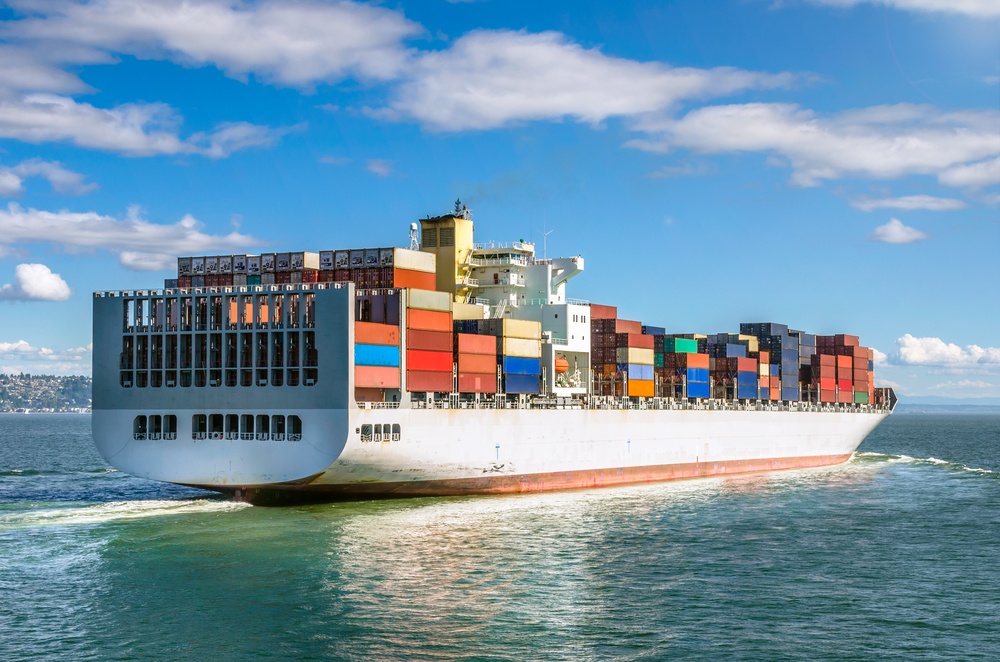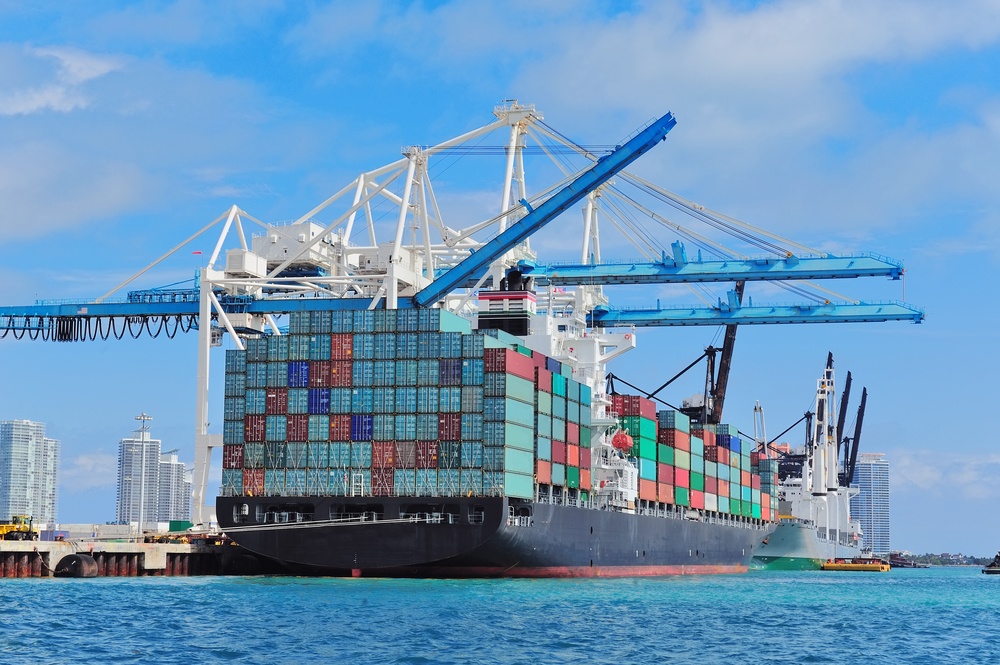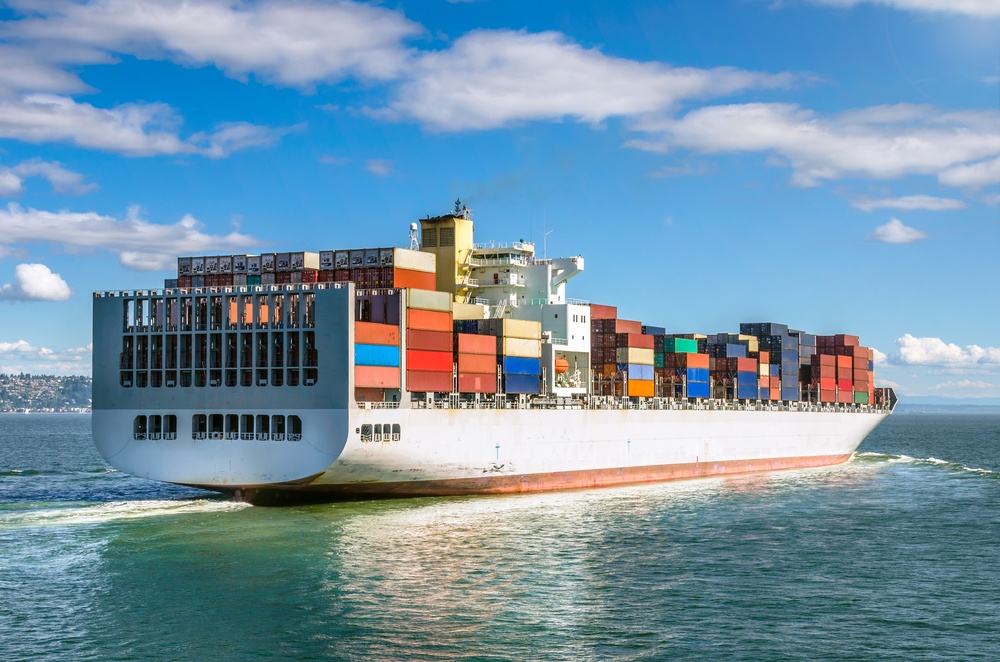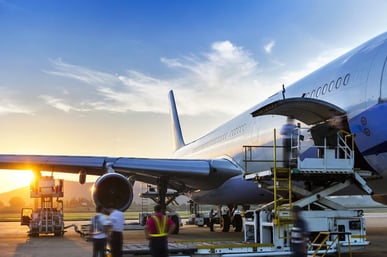
An economic atmosphere of high competition among ocean carriers, in context with sizzling trade tensions between the U.S. and China means that industry players need to be on their game more than ever. Many stakeholders in the industry are looking for opportunities to expand their networks in order to open lines of communication between carriers and shippers.
The BICEPS network is a great place to start. The organization serves as a hub for shippers concerned about efficiency, financial health and environmental sustainability, who join forces to boost the sector’s development towards cleaner shipping. The BICEPS Network provides these shippers a platform to evaluate carriers and their emission scores and also to stimulate sustainable innovations . Let’s take a brief look back at the past years’ events in the industry before delving into BICEPS’ framework.
On Aug. 31, 2016, the world’s seventh largest shipping company, South Korean Hanjin Shipping, announced its bankruptcy. It was one of the most significant collapses the container transport industry has ever seen and sent shock waves through the supply chain. Less than two months later, the industry took another blow. The International Maritime Organization (IMO) announced a 3 percent (mass/mass) reduction to sulfur emissions, to now be capped at 0.50 percent, taking effect in 2020. Since the announcement, carriers have been strategizing how they will reduce their emissions to meet the new environmental standards.
The aftermath of the double-blow wasn’t a death sentence for the industry – not by a longshot. Hanjin’s collapse alleviated the overcapacity issue suffocating carriers in the region and set the supply-and-demand equation between shippers and carriers back into balance, but the new requirements posed a new challenge for the already skittish community.
With the 2020 deadline looming ahead, shippers being more cautious about the carriers that they work with, heightening the pressure for carriers to get ahead of the game.

Walter Vermeer Interview
Xeneta sat down with Walter Vermeer from the BICEPS Network (“Boosting Initiatives for Collaborative Emission-reduction with the Power of Shippers,”).
We talked about the future of ocean freight at a time when it feels like the industry is turning a new corner, and what’s changed since the ordeal that occurred almost two years ago.
Walter Vermeer answered some of our burning questions about the BICEPS Network’s mission, rating system, and future plans.
Q: Why did you start the BICEPS network?
A: “The emissions from ocean shipping equal the emissions of the fifth largest country in the world. And until 2020, when the global Sulphur Cap comes into play, the Sulphur emissions are enormous. In fact, the 17 largest ships emit as much sulfur as all cars in the world.
“We founded the network of global ocean procurement professionals from companies who share an ambition to work on a more sustainable future. We all realized that the impact of ocean shipping deserves attention, that individually you would make little impact and that the sector could be pushed by creating a commercial incentive to become more sustainable. The member companies believe in the power of demand of shippers (cargo owners) as a driving force for change. In addition, by engaging with the chain actors, BICEPS members want to boost the momentum for sustainable innovations and create showcases to jointly demonstrate the potential and the possible solutions.”
Q: What do you do in the BICEPS Network?
A: “All shippers in the BICEPS network use ‘actual carrier performance on sustainability’ as a factor in the allocation in their procurement processes. The carrier scores are registered in the online BICEPS rating system, where the relative ranking of all carriers is determined. Carriers with a clearly better score, will get more business allocated to them. A direct positive commercial impact of becoming more sustainable!
But this is just one of two of BICEPS’s pillars:
“Next to this, the BICEPS Network organizes innovation sessions to focus on specific solutions or challenges and to discuss these in a small and intensive co-creation workshop. In shipper-only meetings, the development of the scores in the rating system is discussed, as well as sharing of best practices on how to use the input most effectively.”
Q: What elements play a role in the Rating System?
A: “In the rating system, the emission scores play a role, as well as innovation projects that have been implemented on a.o. alternative fuels, clean technologies, waste treatment and ballast water. Also, collaborations with other chain actors and publications on sustainability have an influence on the final BICEPS score. But the Rating System is just a means, not the goal of the BICEPS Network. It also serves as a great source of input for the dialogue on innovations.”
Q: What about these innovations?
A: “By using the information as gathered in the BICEPS rating system, we know which carriers are specifically working on or are advanced in certain technologies or fuel types. Next to this, the world of solutions is seemingly unlimited. But we notice that for years already, many of those promising ideas stay in the concept phase and do not make it to a scaling-up. By making the connection between the supply of and demand for cleaner technologies or cleaner fuels, we believe we can support a faster adoption of technologies that work. Next to technology, we focus on sustainability impact of optimization in supply chains, e.g. with Port Call Optimization and on supporting the development of new financing solutions for innovations.”
Q: What is the ambition?
A: “We are currently eleven international companies. We aim to grow to 50 companies globally in the next five years and develop and support at least ten showcases of actual sustainability improvements.”

We are entering a new age of ocean freight. While there is certainly a challenge associated with incorporating the challenges, BICEPS advocates that not only will the change benefit the environment, but the industry itself. Carriers can use the BICEPS network and standards as a resource to evaluate their own performance against peers, while shippers can use it to find carriers that are best-in class on sustainable operations, in addition to compliance with forthcoming regulations.
With the Hanjin Shipping incident in the past and the deadline for the reduction of fuel emissions eighteen months away, companies are rising to the challenge of finding ways to meet the new standard. The end result will be a more futuristic, efficient, transparent industry in which all members throughout the supply chain will reap the benefits.
Walter Vermeer sums up the situation perfectly:
“By making the connection between the supply of and demand for cleaner technologies,or cleaner fuels we can support a faster adoption of technologies that work."
This industry is experiencing immense change with many stewards rising to improve all angles of this traditional market. Like our journey at Xeneta, transparency and connecting players in the industry is the key for the BICEPS network.
We wish the best of luck to the BICEPS network and proud to support the journey.


-1.jpg)



